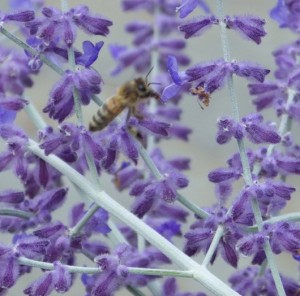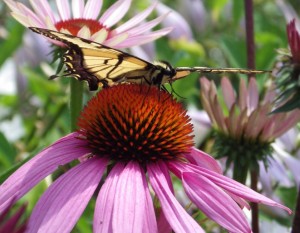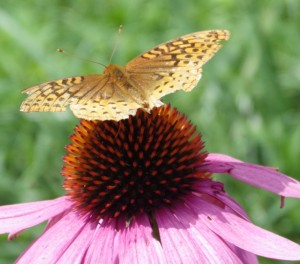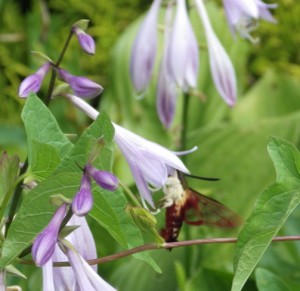 If you read news accounts on various pesticides and their effects on pollinators and birds, you might feel we are doomed. Not so.
If you read news accounts on various pesticides and their effects on pollinators and birds, you might feel we are doomed. Not so.
If you are interested in Monarch butterflies, you might also feel we are doomed.
Again. Not so.
There are a lot of plants out there which can provide nectar (food for adult insects) and leaves (food for the larval forms) for pollinators and the more we can make sure there are a lot of them around and that they are blooming at the appropriate times (that is, that there is stuff in bloom basically all spring, summer and early fall), then we are basically doing our job.
There has been a lot of attention paid to various forms of milkweed (there are over 100 varieties of this plant – from something that hovers almost at ground level all the way to above your waist), so if you have something from this family in your garden (and some of them are actually quite showy and colorful), then you are covering Monarchs, but that is not all they like to eat and lay their eggs on.
Then again, Monarchs are not the only pollinators out there. Above you see the bee – I’m not sure if this is a picture of a domestic honey bee or one of the wild bees – we have a number of different ones visiting our gardens at Chez Siberia, as the crops of squashes and melons will show since we have a terrific set of fruit out there despite what might be considered as rather so-so summer.
 Other pollinators that you might be seeing in your garden are other butterflies.
Other pollinators that you might be seeing in your garden are other butterflies.
Here is a swallowtail – on a cone flower. As a matter of fact, from just standing out there to take photos, I can tell you that the cone flowers in our garden are probably the most popular plants we have. I counted, in just one patch of cone flowers two different types of butterflies, bumble and other sorts of bees as well and other flying insects.
Truly, for people who want to support pollinators, cone flowers (which are not the earliest thing to flower in our garden but which, once started flower all summer and into the fall) are a great choice and you can find them in colors ranging from white all the way to dark purple, with pink, yellow and orange in the mix, and of various heights, too. 
Another plant, and one which people don’t necessarily plant for the flowers but the pollinators do not care, are hostas. Some of these have very showy flowers and some of them are quite fragrant as well. Again, they are not the earliest to flower in the spring (the plants die down in the winter and take a bit to get going in the spring), but once they get going, they can put on quite a show. When I was out this morning to take photos, I was surprised to see one of our less showy but certainly effective pollinators working in the flowers of a hosta we have in the flower beds.
 It might look to the casual observer to be a hummingbird, but it isn’t. It’s what is called a hummingbird moth. There are actually many different sorts of insects that are called this; some of them are referred to as ‘hawk moths’ or ‘horn-worm moths’, too. But in this case, the insect is doing a job in the hosta flowers and is not causing any issues with anything in the veggie garden so is very welcome. This one, because you can see through the wings, is referred to as a ‘clearwing’ hummingbird moth.
It might look to the casual observer to be a hummingbird, but it isn’t. It’s what is called a hummingbird moth. There are actually many different sorts of insects that are called this; some of them are referred to as ‘hawk moths’ or ‘horn-worm moths’, too. But in this case, the insect is doing a job in the hosta flowers and is not causing any issues with anything in the veggie garden so is very welcome. This one, because you can see through the wings, is referred to as a ‘clearwing’ hummingbird moth.
The plant in the top photo is Russian sage – this is a plant which flowers all summer and fall, so provides a long season for pollinators. Another plant which is supposed to be very attractive to butterflies is called turtlehead (chelone).
So my point here is this: If your goal is to support pollinators, just make sure you have plenty of stuff that flowers at all different times during the spring, summer and fall and you’ll be covered.
UPDATE: Here is a terrific article with links and videos on supporting bumblebees, which basically pollinate a lot of fruits and veggies in our gardens. Gardening for Bumblebees
